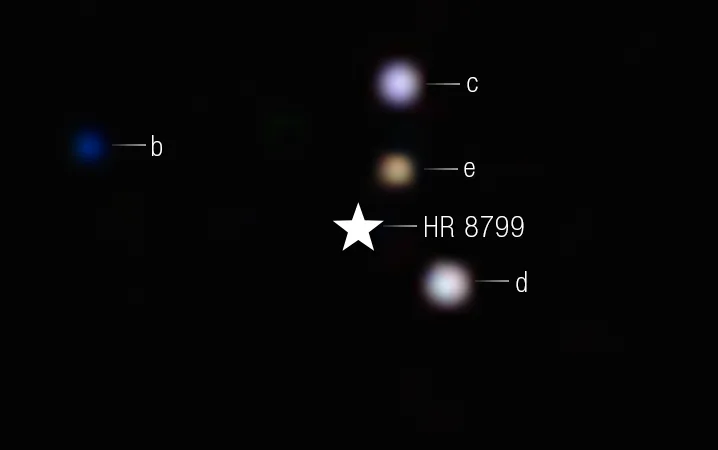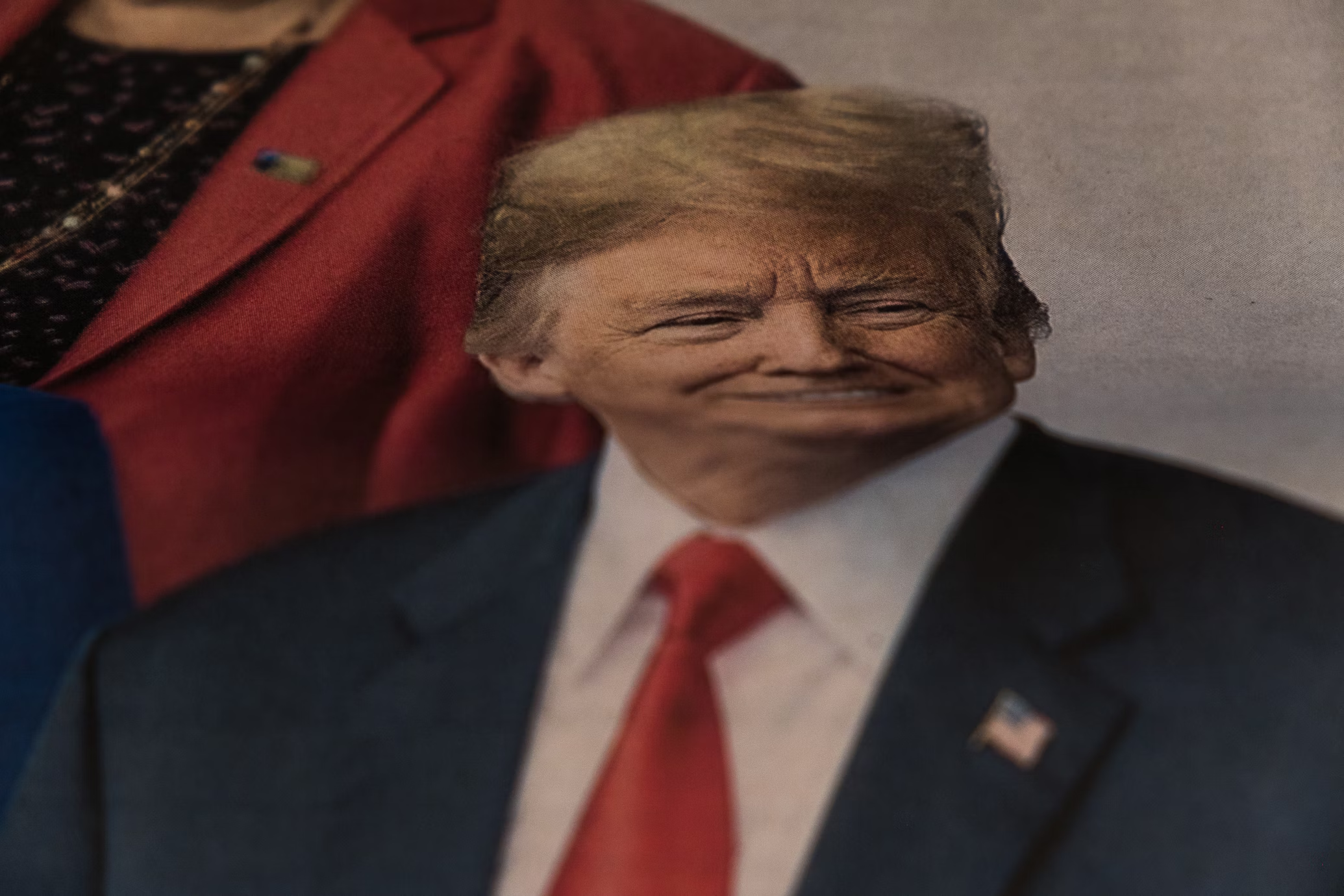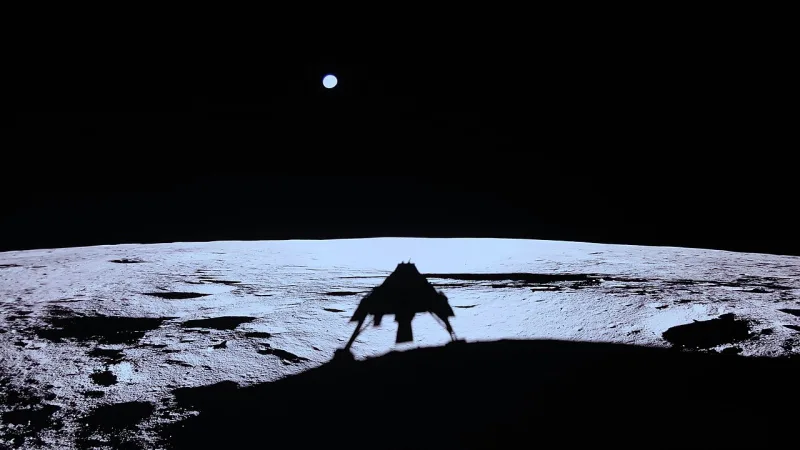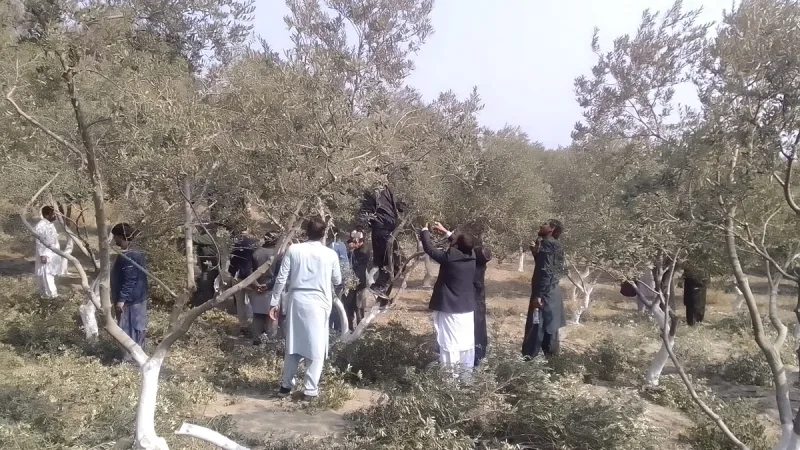Trump’s War on Science: How Public Health & Environment Paid the Price

In an era where truth was increasingly muddled, Donald Trump’s first administration took a stance that many would describe as a “war on science.” This war wasn’t waged with bullets or bombs but with misinformation, deregulation, and silencing the very experts tasked with protecting public health and the environment. What emerged from this conflict is a legacy of harm—an unraveling of scientific authority that left Americans more vulnerable to public health crises and environmental degradation than ever before. Below we discuss the long-lasting consequences of Trump’s war on science.
The Systematic Undermining of Scientific Agencies
From the moment Trump took office, there was a clear shift in how his administration dealt with science-based agencies like the Environmental Protection Agency (EPA), Centers for Disease Control and Prevention (CDC), and the National Oceanic and Atmospheric Administration (NOAA). The administration installed leaders at these agencies who were either hostile to their missions or had deep ties to the industries they were supposed to regulate.
At the EPA, for example, Scott Pruitt and his successor Andrew Wheeler—both with deep ties to the fossil fuel industry—pushed for aggressive rollbacks of environmental regulations. These moves gutted protections that had taken decades to establish, including safeguards on air quality, water pollution, and toxic chemicals. The Clean Power Plan, a hallmark policy of the Obama administration aimed at curbing greenhouse gas emissions, was scrapped. Under Trump, science was often distorted or dismissed outright in favor of policies that catered to corporate interests.
The Weaponization of Misinformation
Perhaps one of the most insidious aspects of Trump’s approach to science was the way misinformation was weaponized. During the COVID-19 pandemic, the Trump administration repeatedly downplayed the severity of the virus, undermined public health officials, and promoted unproven treatments, such as hydroxychloroquine. The consequences were devastating. By rejecting scientific consensus and spreading false information, the administration contributed to the deaths of hundreds of thousands of Americans.
Dr. Anthony Fauci, the nation’s top infectious disease expert, found himself in the crosshairs of the administration’s anti-science rhetoric. Trump publicly contradicted and criticized Fauci, leading to a public health messaging disaster. The disarray left many Americans confused and distrustful of health authorities, with long-term consequences for vaccine acceptance and adherence to public health guidelines.
Climate Change Denial: A Blow to Global Environmental Progress
While the world grappled with the escalating climate crisis, the Trump administration took steps that were not just negligent but actively harmful. Trump famously withdrew the United States from the Paris Agreement, signaling to the world that the U.S.—the second-largest emitter of greenhouse gases—was abandoning the global effort to combat climate change. This decision was a monumental setback for international cooperation on climate action.
At home, the administration ignored or rejected climate science, suppressing reports from agencies like NOAA that linked extreme weather events to climate change. In one instance, Trump famously altered a weather map with a Sharpie to support his incorrect claim about Hurricane Dorian’s trajectory. This act was emblematic of the administration’s broader disdain for scientific expertise, as the NOAA was pressured to back the president’s false statements, resulting in what became known as “Sharpiegate.”
Public Health at Risk: The Environmental Fallout
The rollback of environmental regulations didn’t just affect climate change; it had direct and immediate impacts on public health. The Trump administration weakened the enforcement of the Clean Air Act, leading to increased emissions of pollutants like mercury, sulfur dioxide, and particulate matter. These pollutants are known to cause respiratory illnesses, heart disease, and premature death, disproportionately affecting low-income communities and communities of color.
Trump’s deregulation spree extended to water protections as well. His administration weakened the Waters of the United States (WOTUS) rule, reducing the number of protected waterways and wetlands. This rollback allowed industries to discharge pollutants into previously protected waters, increasing the risk of contamination in drinking water sources across the country.
Silencing Scientists: The Chilling Effect on Research
The Trump administration didn’t just ignore science—it actively sought to suppress it. Scientists within federal agencies were often sidelined, with their research reports altered or buried. Government scientists who spoke out against policies that contradicted scientific findings faced retaliation, with some even losing their jobs. The censorship extended to climate change terminology, which was systematically scrubbed from federal websites.
A particularly egregious example was the administration’s attempts to block a major report by the U.S. Global Change Research Program, which warned of the devastating impacts of climate change on the U.S. economy. The administration sought to downplay the report’s findings and shift public focus away from the urgent need for climate action.
Will Harris or Trump win the US 2024 Presidential Election?
- Harris will win (62%, 8 Votes)
- Trump will win (31%, 4 Votes)
- I don't know (8%, 1 Votes)
Total Voters: 13
The Fallout: Where Do We Go From Here?
As we assess the damage from Trump’s war on science, the consequences are clear: public health has been compromised, the environment is in a more precarious state, and trust in science has been deeply eroded. Although the Biden administration has made strides in reversing many of Trump’s policies, such as rejoining the Paris Agreement and restoring environmental regulations, the scars of these four years of deregulation and misinformation remain visible.
Adding another layer of complexity to the present moment is the impending U.S. presidential election, set for November 5, 2024. The race between Kamala Harris and Donald Trump is razor-thin, with election predictions, including those from Polymarket, showing Trump leading in the majority of scenarios. According to these predictions, Trump’s odds of winning a second presidency appear to be higher than those of Harris, with many forecasts, such as Polymarket’s, tilting in his favor. Although FiveThirtyEight data shows a 50-50 split in win probabilities for both candidates, the narrative remains clear: Trump could very well secure a return to the White House.
What would this mean for science, public health, and environmental regulation? If Trump’s handling of his first term is any indication, a second term could further dismantle the progress made by the scientific community in addressing climate change, public health crises, and environmental protection. As of today, October 24, 2024, just two weeks before the election, Americans must grapple with the very real possibility that Trump’s anti-science legacy could continue, with even more lasting damage to the environment and public health.
The lesson here is that when science is ignored or politicized, it comes at an immense cost—one that America cannot afford to repeat.






